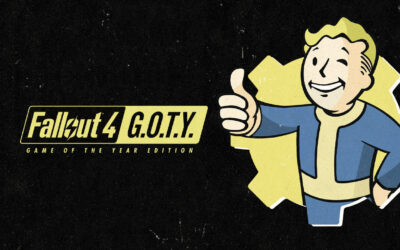Social media platforms have become an integral part of our lives. Among the multitude of platforms available, Twitter and Threads have gained significant popularity. Both platforms offer unique features that cater to different user preferences. In this article, we will delve into the comparisons and differences between Twitter and Threads and explore which platform may be better suited for your needs.
Twitter, with its microblogging format, allows users to share short, concise messages called tweets, limited to 280 characters. The platform emphasizes brevity and real-time engagement, making it a powerful tool for quick updates, news, and networking. Twitter is widely recognized for its vast user base, public conversations, trending topics, and the ability to follow individuals or organizations.
Key Features of Twitter:
- Public nature: Twitter is known for its openness, enabling users to engage in public discussions, follow influential personalities, and access a vast range of information.
- Real-time updates: Twitter excels in delivering instantaneous updates on breaking news, live events, and real-time conversations. The platform’s feed provides users with a constant stream of fresh content.
- Hashtags and trends: Twitter popularized the use of hashtags to categorize and discover content. Trending topics showcase the most talked-about subjects globally or within specific regions, enhancing engagement and awareness.
- Retweets and likes: Retweeting allows users to share tweets with their followers, spreading content virally. The like feature enables users to express appreciation or agreement with a tweet.
- Multimedia integration: Twitter allows users to post photos, videos, and GIFs, enhancing the visual appeal and engaging potential of tweets.
Threads
Threads, developed by Facebook, is an app designed specifically for long-form, connected conversations. It offers a threaded messaging format that enables users to create and participate in sequential discussions on a single topic. Threads provides a more organized and focused environment for extended conversations, ensuring users can follow along and engage effectively.
Key Features of Threads:
- Threaded conversations: Threads enables users to create and follow extended discussions by linking related tweets together. This feature ensures a cohesive flow of conversation and simplifies navigation within a topic.
- Storytelling potential: Threads allows users to craft narratives or share detailed thoughts in a more comprehensive manner. The connected format facilitates storytelling and helps maintain context throughout a discussion.
- Improved readability: With Threads, users can avoid the clutter of multiple disjointed tweets on a particular topic. The threaded format provides a streamlined experience, making it easier to read and comprehend the entire conversation.
- Curation and sharing: Threads simplifies the process of sharing a series of related tweets with a broader audience. Users can share a link to their thread or directly invite others to participate, encouraging engagement and expanding the conversation.
Comparing Twitter and Threads
1. Content format: The primary distinction between Twitter and Threads lies in the format of the content. Twitter focuses on concise and standalone tweets, whereas Threads emphasizes longer and interconnected conversations.
2. Communication style: Twitter encourages real-time, public conversations, making it ideal for broadcasting thoughts, engaging in debates, or following breaking news. Threads, on the other hand, caters to more detailed and intimate discussions, fostering a sense of community around specific topics.
3. User engagement: Twitter’s large user base provides unparalleled opportunities for exposure, networking, and reaching a diverse audience. Threads, while offering a more focused environment, may have a smaller reach but allows for deeper interactions and more dedicated followership.
4. Context and readability: Twitter’s fast-paced nature can sometimes make it challenging to maintain context, especially in multi-tweet discussions. Threads addresses this issue by organizing tweets in a sequential and accessible manner, enhancing readability and comprehension.

Which is Better?
Determining whether Twitter or Threads is better largely depends on your specific requirements and preferences.
If you seek a platform that enables concise updates, real-time engagement, and access to a vast audience, Twitter is the ideal choice. Its brevity, open nature, and trending features make it perfect for quick interactions, staying updated, and reaching a broad range of users.
On the other hand, if you desire a platform for in-depth conversations, storytelling, or cultivating a dedicated community, Threads is a better fit. Threads’ threaded format offers enhanced readability, facilitates extended discussions, and allows for more detailed and focused interactions.
Ultimately, both Twitter and Threads serve distinct purposes, and the choice between them depends on your objectives. You can even utilize both platforms simultaneously, leveraging Twitter’s broad reach and Threads’ organizational capabilities to create a comprehensive social media strategy.
The Bottom Line
Twitter and Threads represent two popular social media platforms that cater to different communication styles and content formats. While Twitter excels in real-time engagement, brevity, and extensive reach, Threads provides a more organized and focused environment for extended discussions and storytelling.
The decision between Twitter and Threads boils down to your specific needs and objectives. Consider the type of conversations you wish to engage in, the level of interaction you desire, and the depth of information you aim to share. Remember, both platforms can be utilized in tandem to create a well-rounded social media presence.
Ultimately, the choice rests in your hands. Embrace the platform that aligns best with your communication style, content requirements, and social media goals to make the most of your digital presence.












0 Comments